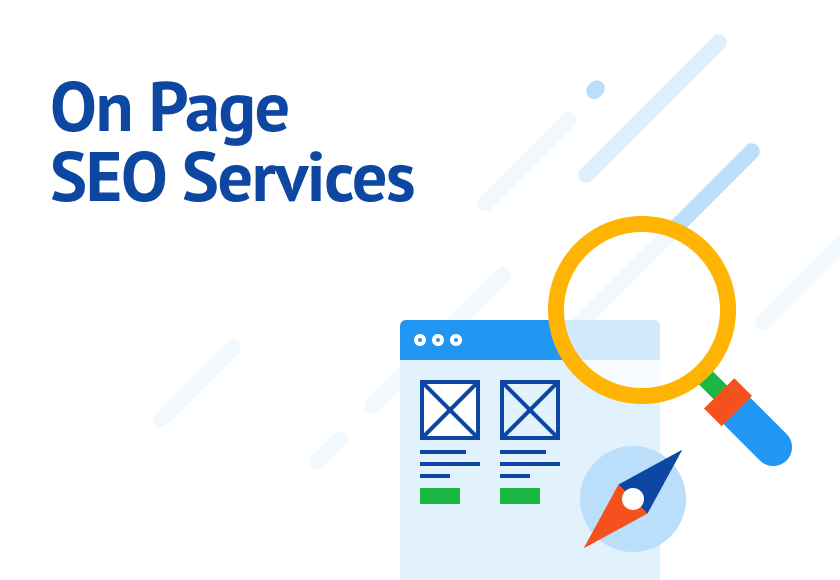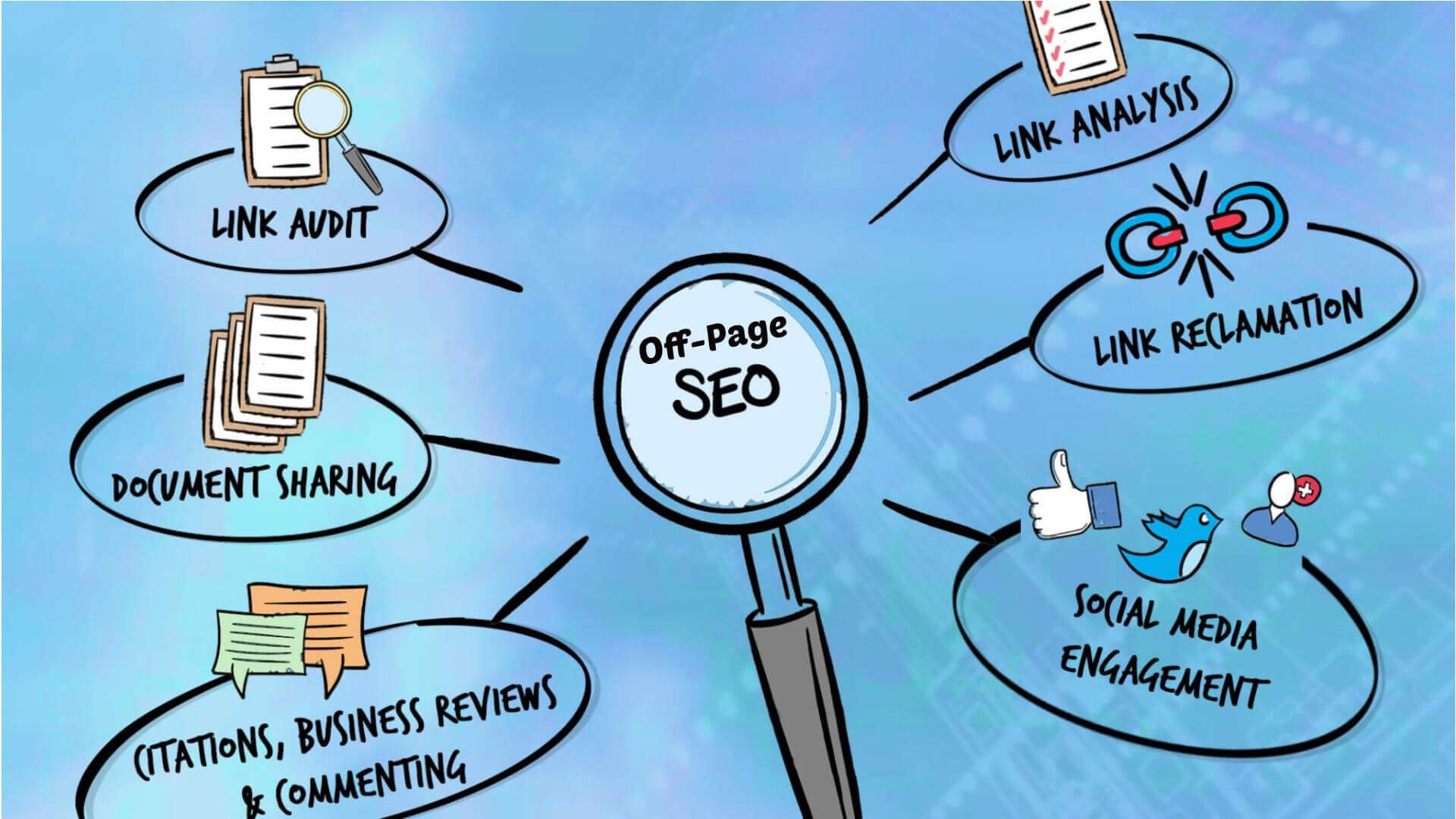Your mobile page speed has a direct impact on both your users’ experience and your search engine optimization (SEO) rankings. Slow load times deter user engagement, with 91% of smartphone users prioritizing quick answers. Metrics like load time and start render measure mobile page speed, and improving them enhances user experience and SEO rankings.
To boost your mobile page speed, focus on optimizing key metrics, such as requests and total size in KB. By understanding how mobile site speed affects rankings, you’ll be better equipped to address server response times, streamline page content, and make data-driven decisions to enhance your online presence.
What Is Mobile Page Speed
When you access a website on your mobile device, mobile page speed refers to how quickly the webpage loads and becomes functional, playing an important role in both your user experience and the site’s search engine optimization (SEO).
As a mobile user, you expect fast-loading sites, and a slow load time can deter you from staying engaged. In fact, research shows that 91% of smartphone users prioritize quick answers, making mobile page speed essential for retaining user interest.
Mobile page speed is measured by metrics such as load time, time to first byte, and start render. Enhancing mobile page speed involves prioritizing above-the-fold content, minimizing server response time, and reducing redirects. You can also consider using Accelerated Mobile Pages (AMP) to boost your site’s mobile page speed.
By improving your mobile page speed, you enhance your user experience and potentially boost your SEO rankings. Fast-loading sites keep users engaged, and with the average user attention span decreasing, mobile page speed is more significant than ever.
Impact of Mobile Speed on SEO

As you prioritize mobile page speed to enhance user experience, you’ll also notice its profound impact on search engine optimization (SEO), where even a slight enhancement can yield noteworthy benefits in rankings and engagement. With 91% of smartphone users seeking quick answers due to short attention spans, mobile page speed notably impacts SEO. Key mobile speed metrics to focus on include load time, time to first byte, start render, requests, and total size in KB.
| Metric | Description |
|---|---|
| Load Time | Time taken for a webpage to load completely |
| Time to First Byte | Time taken for the server to respond to a request |
| Start Render | Time taken for the browser to start rendering the page |
Measuring Mobile Page Speed

To gauge your mobile site’s performance, you’ll need to measure its page speed using key metrics such as load time, time to first byte, and start render. A thorough page speed analysis is essential to understanding how your mobile site speed impacts user experience and search engine rankings.
Here are three vital metrics to track:
- Load Time: The time it takes for your page to fully load, including all images, scripts, and stylesheets.
- Requests and Total Size: The number of HTTP requests made by your page and the total size of all resources in KB.
- Time to First Byte and Start Render: The time it takes for your server to respond with the first byte of data and for the browser to start rendering the page.
Optimizing Mobile Page Speed

Your mobile page speed optimization efforts should focus on addressing server response times, streamlining page content, and implementing techniques that enable faster rendering and loading.
To get started, use tools like Google’s PageSpeed Insights and Lighthouse to identify areas of improvement and measure your site’s speed impact on user experience.
Prioritize minimizing server response time to under 200 milliseconds, as recommended by Google, to significantly enhance mobile page speed. You can also reduce redirects to improve load speed and user experience.
Consider implementing Accelerated Mobile Pages (AMP) to achieve notably faster loading times on mobile devices. Decreasing page weight by optimizing content and media is also crucial for enhancing mobile page speed.
By leveraging a Content Delivery Network (CDN), you can further reduce loading times and improve your site’s Page Experience for mobile search users. Keep in mind that a good user experience is tied to fast mobile page speed, which is now a key ranking factor.
Mobile Page Speed Best Practices

Implementing mobile page speed best practices is crucial for maximizing user engagement and search rankings, and it starts with prioritizing techniques that enable fast rendering and loading of your mobile site. Google recommends Accelerated Mobile Pages (AMP) for notably faster loading times on mobile devices. By decreasing page weight through content and media optimization, you’ll also enhance mobile page speed and user experience.
To further enhance your mobile page speed, consider these three essential best practices:
- Minimize server response time: Aim for a response time of under 200 milliseconds to make sure your site loads quickly and efficiently.
- Reduce redirects: Minimizing redirects on your mobile site will enhance page load speed and user experience, resulting in better SEO rankings.
- Optimize content and media: By optimizing your content and media, you’ll decrease page weight and enhance mobile page speed, leading to quicker loading times and better engagement on mobile devices.
Mobile Speed and User Experience

Fast mobile page speed is about more than just search rankings – it’s also key to delivering the seamless user experience that 91% of smartphone users expect when searching for quick answers on mobile devices.
You want to make sure that your site loads quickly, as slow mobile page speeds can greatly impact user engagement and conversions. To achieve this, focus on speed optimization strategies that prioritize fast-loading sites. One approach is using AMP pages, which Google recommends for faster loading times on mobile devices.
When it comes to mobile speed, key metrics to track include load time, time to first byte, start render, requests, and total size in KB. By monitoring these speed metrics, you can identify areas for improvement and optimize your site for better performance.
A fast mobile page speed is essential for delivering a positive user experience, which in turn drives user engagement and conversions. By prioritizing speed optimization and using tools like AMP pages, you can create a seamless and engaging experience for your mobile users. This not only boosts user satisfaction but also enhances your site’s overall page speed and SEO rankings.
Boosting Mobile Page Speed

As you focus on optimizing your mobile site’s performance, boosting mobile page speed is a critical step in delivering a seamless user experience that drives engagement and conversions. With 91% of smartphone users prioritizing quick answers due to short attention spans, you can’t afford to overlook mobile page speed.
By implementing the following strategies, you can improve your mobile page speed, enhance SEO performance, and meet user expectations:
- Implement Accelerated Mobile Pages (AMP): AMP pages load up to 85% faster than regular mobile pages, providing a lightning-fast experience that prioritizes user engagement and SEO rankings.
- Optimize Key Mobile Speed Metrics: Focus on reducing load time, time to first byte, start render, requests, and total size in KB to make sure quick load times that meet user expectations.
- Follow Google Recommendations: Adopt faster loading best practices recommended by Google to prioritize user satisfaction, retention, and SEO rankings.
To Recap
Your mobile page speed is like a stopwatch, ticking away the seconds until a user’s patience wears off. A speedy site means a better user experience, which in turn boosts SEO.
By optimizing images, minifying code, and leveraging browser caching, you can shave precious seconds off your load time. Make every millisecond count and give your site the green light to outrun the competition.
A fast mobile site is the key to a winning SEO strategy.








